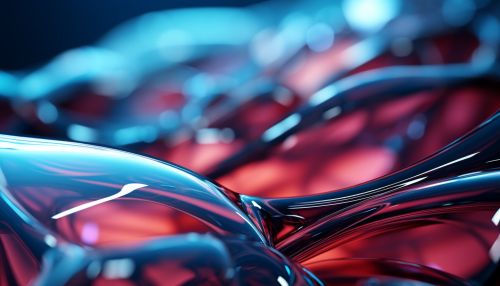Hydrogel
Introduction
Hydrogel is a network of polymer chains that are water-insoluble, sometimes found as a colloidal gel in which water is the dispersion medium. Hydrogels are highly absorbent (they can contain over 90% water) and thus have the ability to swell in water and hold a significant amount of water while maintaining the structure of the gel.
Composition
Hydrogels also possess a degree of flexibility very similar to natural tissue, due to their significant water content. As responsive "smart" materials, hydrogels can encapsulate chemical systems which upon stimulation by external factors such as a change of pH may cause changes in the behavior of the hydrogel such as volume, color, shape, etc.
Types of Hydrogels
Hydrogels can be categorized into three types based on their source of origin: natural, synthetic and hybrid.
Natural Hydrogels
Natural hydrogels are derived from natural sources and include components like chitosan, alginate, and collagen. These hydrogels are often biocompatible, making them suitable for various medical applications.
Synthetic Hydrogels
Synthetic hydrogels are made from synthetic polymers such as polyethylene glycol, polyvinyl alcohol, and polyacrylamide. These hydrogels offer more control over their physical and chemical properties compared to natural hydrogels.
Hybrid Hydrogels
Hybrid hydrogels are a combination of natural and synthetic hydrogels. They are designed to combine the advantageous properties of both types of hydrogels.
Applications
Hydrogels have a wide array of applications in various fields. They are used in drug delivery, tissue engineering, contact lenses, diapers, wound dressings, cosmetic surgeries, and many other areas.


